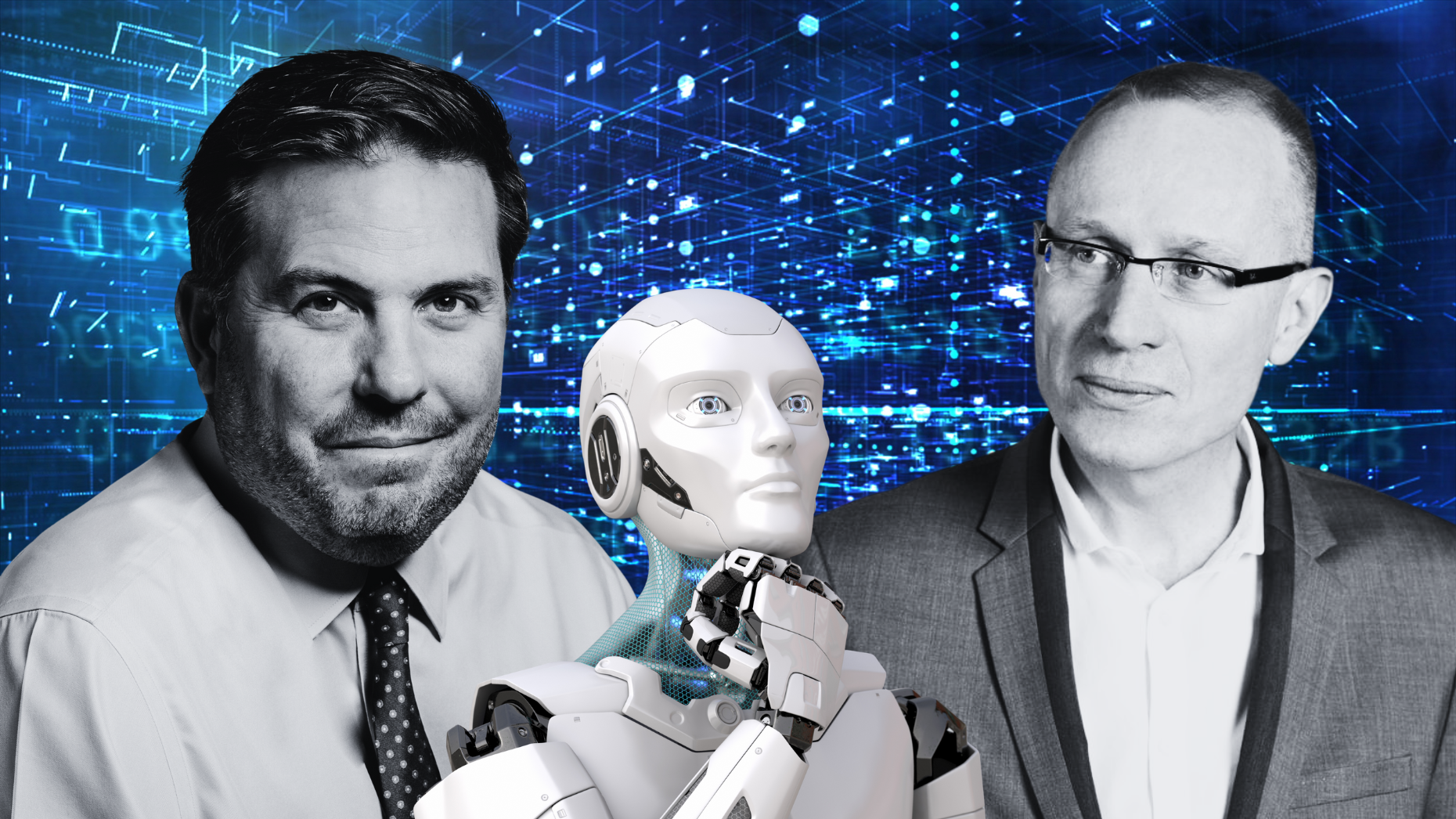Behind the hype of generative AI lies a tougher reality for mortgage and real estate leaders: adoption is anything but easy. Compliance hurdles, hidden costs, and the risk of bias make success dependent on clarity, discipline, and the right expertise. Radian has spent years laying the groundwork with data science and automation, giving the company a head start in scaling AI responsibly. Steve Gaenzler, SVP of Innovation and Strategy, reveals how Radian turns disruption into a competitive advantage—balancing innovation with trust, governance, and long-term value.
HousingWire: What are the biggest misconceptions you see in the mortgage and real estate industry when it comes to (generative) AI, and how does that misunderstanding limit adoption or effectiveness?
Steve Gaenzler: The capability of AI to be transformative is with little comparison in history. Few advances or discoveries have been met with such fanfare and high expectation. However, adoption can be far more complex than it appears, with barriers that grow as these models advance rapidly. The challenges are multifaceted, encompassing legal and compliance constraints, skills-based learning and educational needs, regulatory expectations for public companies, and operational hurdles. Bias is another concern, and as humans play a potentially smaller role, it becomes more difficult to ensure compliance, validation and responsible use.
Finally, cost is often misunderstood. While AI tools may seem inexpensive, production environments can quickly reveal the opposite. Companies must make deliberate decisions about where and how they want to engage with AI, striking a balance between opportunity, risk, and expense.
HW: Mark Wai mentioned in a recent Power House appearance that we’re in a moment of massive disruption. Can you share some of the most tangible ways Radian has seen AI shift operations?
SG: We are certainly at a point of both disruption and massive opportunity. At Radian, we’ve long taken a technology-first approach, with strong leadership support from our CEO, board, and enthusiastic participation across the company. We’ve been investing in data science, analytics, and automation for years reducing manual intervention and modernizing processes across our businesses. This foundation has positioned us well to take advantage of new developments in AI and machine learning.
While generative AI gets the most attention, we continue to see meaningful impact from traditional machine learning and deep learning. We’ve been applying these tools across operations, technology, and software engineering for some time, developing and releasing many tools that are either used internally, or customer-facing. These successes make us confident in our ability to scale new capabilities as they mature.
HW: Mark said there’s no “silver bullet” for transformation — just a collection of tools used strategically. Can you talk about what pitfalls companies face when they treat AI as a magic fix, rather than a long-term tool in their tech stack?
SG: When considering AI adoption, a primary focus should be on understanding the potential pitfalls. Unlike in the past when models were built and managed by data scientists—experts who understood the math, statistics, and modeling implications—today’s tools are far more accessible to a much broader user base. While beneficial for general acceptance and use, this level of accessibility creates risk. If you don’t have a clear understanding of your domain, it can be difficult to know whether the model output is correct or not. Generative AI compounds this challenge by presenting responses in a confident narrative that can be misleading.
Key pitfalls include lack of clarity of goals, insufficient domain expertise, and limited AI-skills. Businesses need to define specific and measurable goals around risk, revenue and expense outcomes. Moreover, users without strong domain knowledge won’t know if a model is delivering value or misleading. Equally important is having the right human skills to truly tune and evaluate these models against business needs, especially with Generative AI. Finally, as AI-models are growingly embedded in everyday tools, companies need to stand ready to test third-party solutions. Vendor products are often more “black box” and less open than those built internally.
Developing an AI-strategy, being able to model and estimate the impact, and good monitoring will ensure that benefits of AI align with core business goals of revenue growth, efficiency, and risk management.
HW: Your intelligent document processing tool was highlighted in the podcast. What did the development and deployment of that tool teach you about building trust in AI among teams and clients?
SG: We’ve been working in AI for several years, building tools like conversational search for real estate and advanced computer vision capabilities. These efforts have taught us that R&D is critical, though it doesn’t always lead directly to value. Unlike traditional software development, AI requires patience, iteration, and careful testing before results can be measured.
To make progress, it’s essential to set clear goals throughout the process, build trust with internal stakeholders, and keep business value as the North Star. Transparency with partners across the organization helps ensure alignment, while checkpoints prevent efforts from drifting away from their intended purpose.
Finally, success in AI requires a balance of education and discipline. Teams need to understand what the technology can and cannot do, while avoiding the distraction of chasing every new development. The architectures must be flexible, since AI innovation can make today’s solutions outdated within months. AI-applied to tasks you know but would rather not perform is often more successful than models built for tasks you don’t know extremely well.
HW: Radian’s strategy clearly involves integrating emerging technology holistically. How do you recommend other industry leaders balance innovation with the need to maintain compliance, accuracy, and customer trust?
SG: Companies must identify where they hold a competitive advantage in AI, whether through data, talent, or third-party tools, and align those strengths with business goals. Adoption spans a spectrum from low-cost integrations to high-investment custom models, and success depends on evaluating readiness across data quality, talent, and organizational capacity.
A clear framework is essential. At Radian, we created a cross-functional steering committee, supported by strong risk management and governance, to evaluate use cases and ensure responsible implementation. This approach maintains trust, enables safe experimentation, and keeps AI human-centric, enhancing and amplifying capabilities while keeping key stakeholders informed at every stage.
HW: Looking ahead, how can mortgage and real estate companies position AI as a competitive advantage without losing sight of the human element in homebuying? What advice would you give to leaders who are hesitant to act?
Adopting AI requires both openness to experimentation and a structured, human-first approach. Without trying, it’s hard to adapt, but adoption can’t be unstructured. At Radian, we’ve taken this seriously by combining technology and data science teams with HR-led training, ensuring broad education across the workforce while also developing specialized expertise where it matters most. This creates tiers of adoption, ranging from general awareness for all employees to practical application and deeper optimization by power users.Meeting that challenge requires committed leadership that educates and empowers employees while staying focused on revenue, cost, and risk. At Radian, this commitment has been central to how we approach adoption—ensuring AI is not only implemented, but also strategically aligned to drive long-term success.



















 English (US) ·
English (US) ·